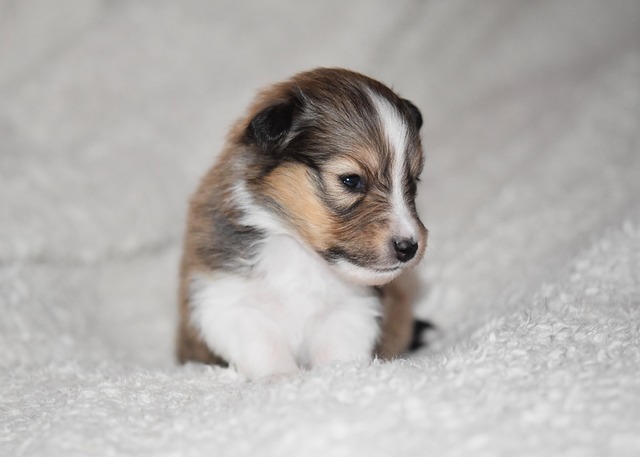
How can I tell if my dog's heatstroke is serious
Let’s be real: It’s a sticky August morning in Los Angeles, and you took your 2-year-old Golden Retriever, Max, for a walk a little later than usual
You might freeze up when your dog growls and guards its bowl as you walk by, or tenses up when a kid gets near their treats. Food aggression in dogs—when they act defensive over meals or snacks—can feel scary, especially for new pet owners who don’t know where it comes from. It’s not about being “mean”; there are usually specific reasons behind this behavior that you can address with the right approach.
Food aggression often roots in instinct or past experiences, not stubbornness. In the wild, dogs guard food to survive, and some pups keep this instinct even in safe homes. For example, a rescue dog that once had to compete for food might learn to guard bowls to avoid going hungry. Stress can also play a role—if your dog eats in a noisy spot or gets interrupted while eating, they might start seeing their food area as a “safe zone” to protect. Understanding these triggers is key to helping them feel secure.
 There are gentle, positive steps to ease food aggression without scaring your dog. Start by feeding them in a quiet, low-traffic spot—this cuts down on stress that makes guarding worse. When they’re eating, walk by slowly and drop a tiny extra treat (like a piece of plain chicken) near their bowl. This teaches them “people near food = good things,” not danger. Never punish them for growling or take their bowl away while they eat—this will only make them more defensive. Consistency here helps build trust over time.
There are gentle, positive steps to ease food aggression without scaring your dog. Start by feeding them in a quiet, low-traffic spot—this cuts down on stress that makes guarding worse. When they’re eating, walk by slowly and drop a tiny extra treat (like a piece of plain chicken) near their bowl. This teaches them “people near food = good things,” not danger. Never punish them for growling or take their bowl away while they eat—this will only make them more defensive. Consistency here helps build trust over time.
Responsible pet ownership rules also tie into managing food aggression, especially in shared spaces. If you have other pets, feed them separately to avoid competition—this is crucial in apartments where space is tight. When guests come over, keep your dog’s food bowl in a closed room so they don’t feel the need to guard it around new people. It’s also smart to mention food aggression to your vet during checkups—they can rule out health issues (like tooth pain that makes eating stressful) and connect you with a trainer if needed. These steps keep everyone in your home—including your dog—safe.
Figuring out what causes your dog’s food aggression takes patience, but seeing them eat calmly without growling is worth it. Remember, every dog is different— a small terrier that was a stray might have different triggers than a large breed puppy raised in a home. Stay focused on positive reinforcement, avoid punishment, and give them space to eat in peace. Before long, your dog will feel secure enough to enjoy their meals without feeling the need to guard them.

Let’s be real: It’s a sticky August morning in Los Angeles, and you took your 2-year-old Golden Retriever, Max, for a walk a little later than usual

You're enjoying a summer afternoon at the park when you notice your dog has stopped panting and appears disoriented - their gums are bright red

Let’s paint the picture: You’re in your Denver apartment, watching your 4-year-old Boston Terrier, Ruby, plop down mid-play session with her favorite toy

Many dog owners notice their pets nails seem shorter after regular walks,but how much does this daily activity actually help?The answer depends on where you walk—concrete sidewalks or asphalt streets gently file nails as a dog's paws hit the ground

Most dog owners notice their pup scooting across the carpet at some point, but few connect it to impacted anal glands. These small sacs near a dog’s rectum secrete a scent for marking territory

Most vets agree that regular dog teeth cleaning is key to avoiding painful dental issues later. For healthy adult dogs, a professional cleaning at the vet’s office every 12 to 18 months usually works well.